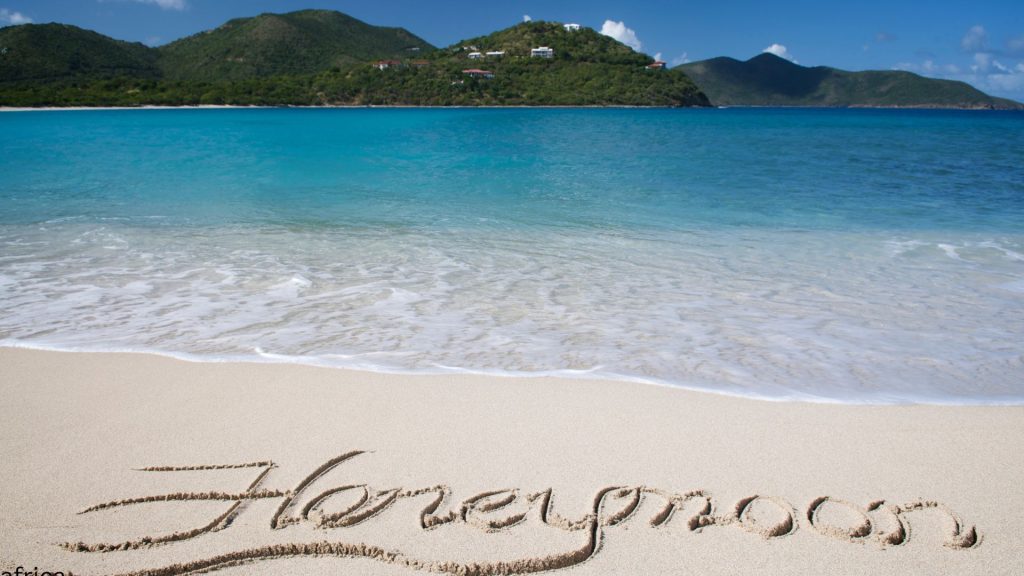Olduvai Gorge
Located in northern Tanzania between the Ngorongoro Crater and the vast plains of the Serengeti lies one of the most important archaeological sites in the world, Olduvai Gorge. To most visitors, it may look like just a deep valley carved by water over thousands of years, but to scientists and historians, it is known as the cradle of humankind. This place tells a story that goes back millions of years and helps us understand how humans evolved and how the Serengeti ecosystem came to life.
Origin of the name
The name “Olduvai” comes from the Maasai word “Oldupai,” which refers to a type of wild sisal plant that grows in the area. When German scientists first arrived here in the early 1900s, they mispronounced the word and wrote it as “Olduvai” instead. The name stuck, and today it is known across the world. But what truly makes Olduvai famous is not its name, it is the story of early human life buried beneath its rocks and soils.
Human Ancestry
Olduvai Gorge is one of the richest sources of early human fossils ever discovered. In the 1930s, archaeologists Louis and Mary Leakey began excavations that would change how we see ourselves. They found ancient tools, bones, and skulls that proved early humans had lived here more than 2 million years ago. Among the most important discoveries was the skull of Homo habilis, one of the first members of the human genus. This showed that early humans were not just passing through but had settled, hunted, and adapted to life in this region.
These discoveries also helped us understand the changes in climate and how they affected the lives of early humans. As the environment changed from forest to grassland, our ancestors had to adapt. This may have been what led to the development of walking upright, using tools, and forming social groups, things that make us human today.
The gorge itself also tells the story of how the Serengeti ecosystem evolved. Millions of years ago, this area was covered by lakes and forests. Over time, volcanic activity and changing weather patterns shaped the land, forming the open plains and savannahs we see today. The layers of rock in Olduvai Gorge capture all these changes, with each layer showing a different period in Earth’s history. From the ancient lake beds to ash from volcanoes like Ol Doinyo Lengai, the sediments paint a clear picture of shifting life and landscapes.
Visiting Olduvai Gorge
When you visit Olduvai Gorge, you are not just seeing stones and soil, you are walking through history. The rock structures and sediment layers are visible on the walls of the gorge, each one revealing something new about life millions of years ago. Excavation sites are still active, and you can sometimes see researchers at work, carefully brushing away dust to uncover fossils and tools that might change our understanding of the past.
The Olduvai Museum nearby offers even more insight. It displays many of the discoveries found in the area and explains their importance in simple, clear ways. From early stone tools to ancient bones, each piece tells a story of survival, change, and human growth.
Visiting Olduvai Gorge is more than just a tour. It is a chance to connect with something greater, to stand where our ancestors once stood, to feel the silence of a place that has seen the rise of humans and the evolution of one of the most iconic ecosystems in the world. It is a journey not just through Africa, but through time itself.
Whether you are a history lover, a nature explorer, or just someone curious about where we all come from, Olduvai Gorge will leave you in awe.



